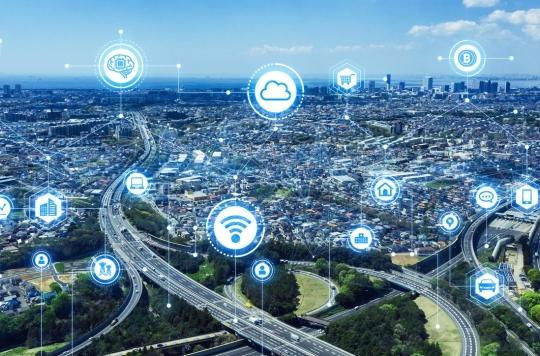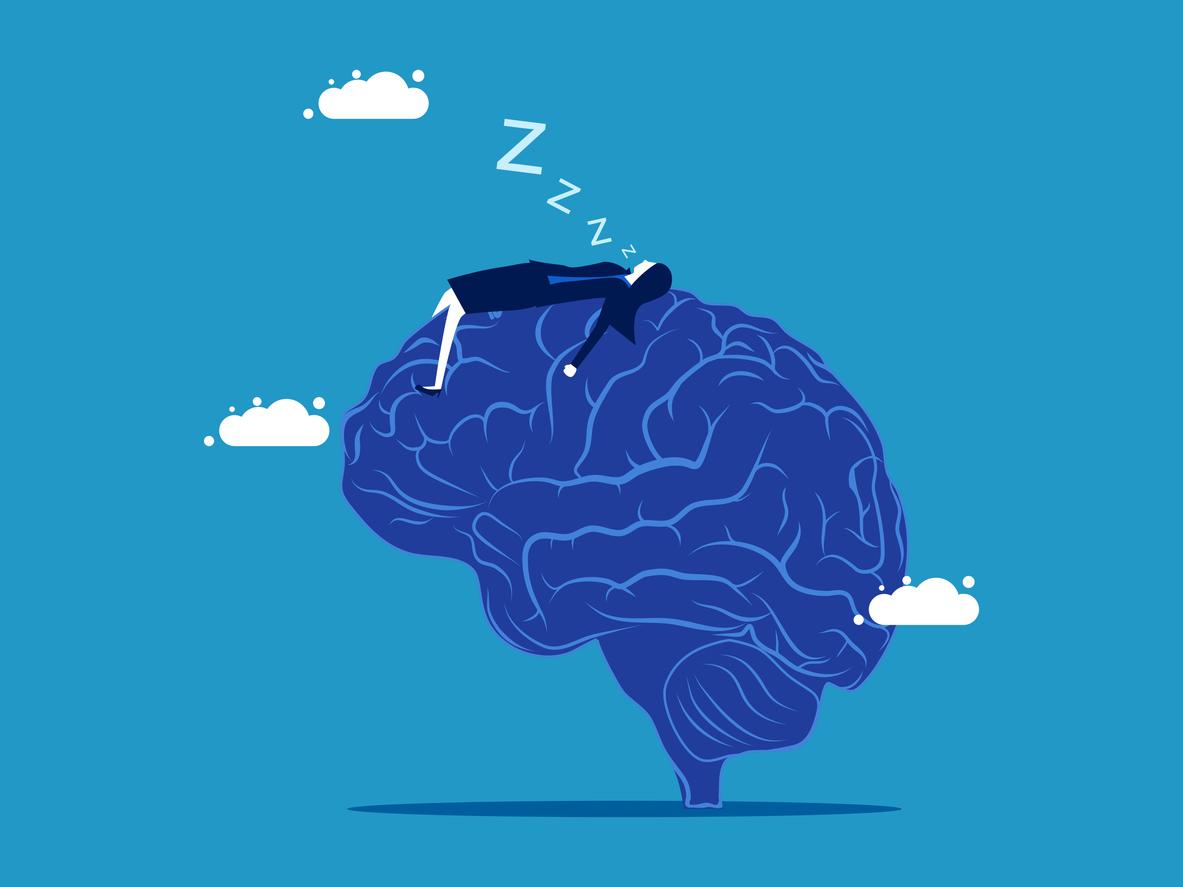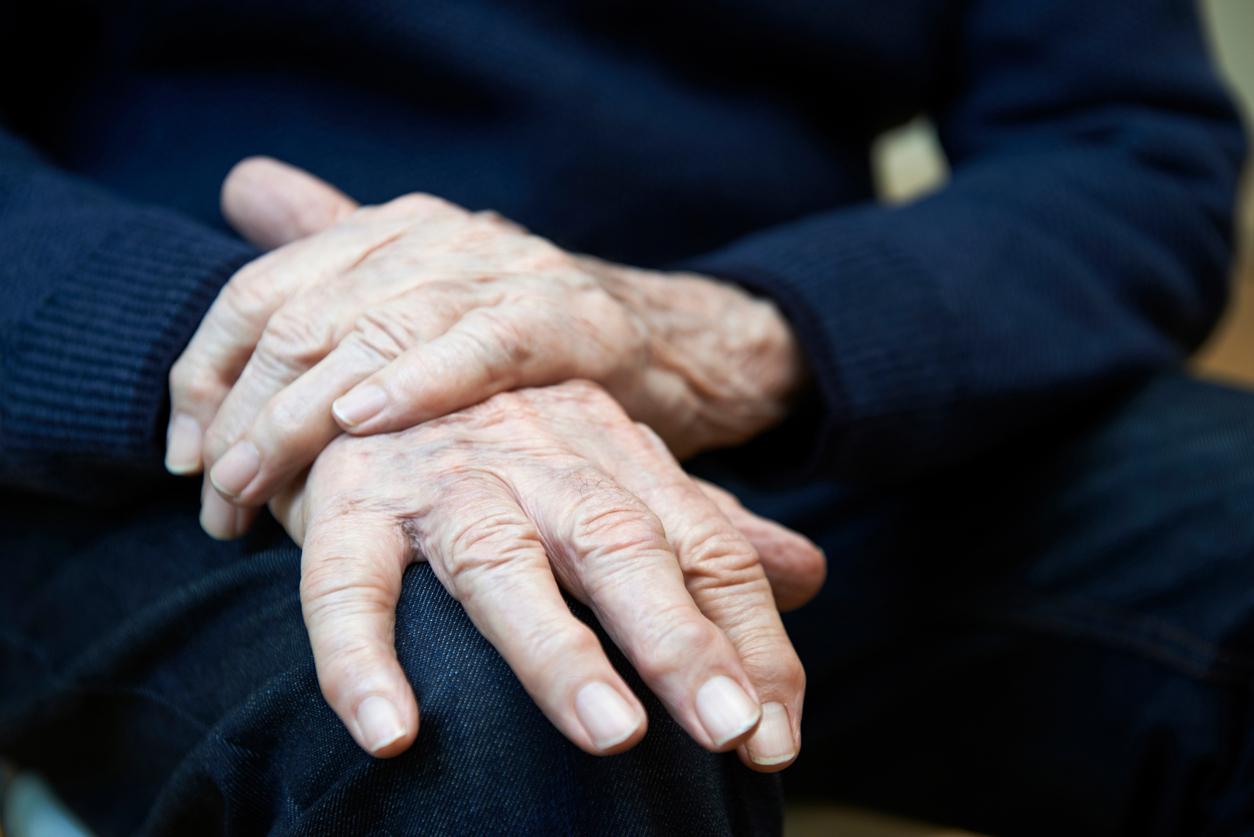Faced with the lack of information concerning the “potential biological and health effects” linked to exposure to 5G, ANSES will try to “extrapolate” the results of past expertise on other frequencies, he added. she announced Monday, January 27.

5G will be deployed everywhere in France at the end of this year. However, at present, it is clear that “a lack of scientific data on the potential biological and health effects linked to exposure to frequencies around 3.5 gigaHertz (the key 5G band which should first be marketed this summer, editor’s note)”, alert ANSES in a preliminary report published on Monday 27 January. Requested by the Ministries of Health, the Environment and the Economy to carry out an expert report “aimed at assessing the health risks linked to the exposure of populations to these technologies”, the agency will therefore have to try to “extrapolate ” the results of past expertise on other frequencies.
The deployment of 5G in the European Union has the stated objective of “meeting the constantly growing needs for connectivity and increasing the competitiveness of countries” with a speed up to ten times greater than that of 4G. It will therefore be able to offer a wider range of wireless services and encourage the development of interconnected objects. The frequencies already used before (2G, 3G, 4G) will be exploited as well as two new frequency bands. “At first, the 3.5 GHz band for 5G mobile telephony coverage in large geographical areas, then in the following years, the 26 GHz band for communication between connected objects or for mobile telephony in perimeters restricted”, explains ANSES.
“These technological developments will modify the modes of exposure of the population, and will require adapting the methods of measurement and evaluation”, she continues. And in addition to the lack of information concerning the potential effects of 3.5 G on the body, “today, no one is able to predict with certainty how many people and when will use these 5G networks”, explains Olivier Merckel , Head of the Physical Agents Risk Assessment Unit at ANSES.
“Simulations from different scenarios”
“The level of exposure will depend a lot on the use that will be made of 5G. As long as the deployment is not done, we can only make simulations from different exposure scenarios”, he explains, specifying that this will require the most precise information possible from operators.
As for health effects, the analyzes should range from physiological effects to cognitive, developmental or psychosocial effects. “We think about which population we will be interested in first, workers, children, teenagers, adults, etc.”, specifies Merckel.
But conducting studies on the subject is not an easy task, according to a specialist interviewed by Why Doctor on the subject. “There are a lot of methodological biases that can suggest that there is an effect (waves on human health, editor’s note) whereas this area is special because it requires dual skills, in biology and electronics. However, we see teams competent in biology but not at all in electronics conducting studies on the subject. They therefore see the biology moving but do not know if it is due to the waves or to the microwave effect of their exposure system which is not at all controlled. Conversely, there are studies carried out by physicists where the exposure is well controlled but not the biology. But these papers can still be published, depending on whether the journal specializes in biology or electronics,” explains Yves Le Dréan, researcher for Inserm in the Irset unit (Institute for research in health, environment and work) of the University of Rennes.
Additional arguments for those who call for a moratorium
The results of ANSES’s first analyzes should be published in the first quarter of 2021. If they reveal “particularly worrying effects” for certain frequencies, the agency could possibly recommend a modification of the thresholds.
This report should give additional arguments to all those who call for a moratorium on 5G. The associations Agir pour l’environnement and Priartem-Electrosensibles are preparing an appeal before the Council of State in order to cancel the decree of December 30, 2019 concerning the methods of allocating frequencies in the 3.5 GHz band. On Friday January 24, they launched a petition entitled Stop 5G, already signed by 120,000 people. “Electrosensitivity turns lives into nightmares every day,” they write, referring to “headaches, tinnitus, insomnia, dizziness, heart rhythm and concentration disorders, joint pain, irritability, depression and permanent fatigue”.
Remember, however, that given the lack of precise information on the subject, here again, electrosensitivity is not not classified as a disease by WHOdespite the growing number of people reporting wave-related side effects.
“They are really sick people, their symptoms are real, they are not crazy. Now whether the waves are really the cause of their discomfort is another question. In the lab studies, we tried to expose these people without their knowledge to see if they triggered their symptoms. In vain: we cannot expose them by surprise without their being aware of it or create their symptoms in the laboratory. Also, perhaps the waves are partly responsible for their discomfort, but they are certainly not the only ones. We are in a much more complex situation”, explains Yves Le Dréan to Why Doctor. He concludes: “We are in the unknown, complete darkness, we are groping our way. We have no explanation. We may have it later. We are no doubt working for future generations. It can come. This is the problem of scientific research: we are there to explore the unknown.”
.















